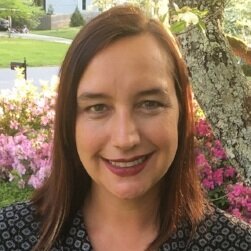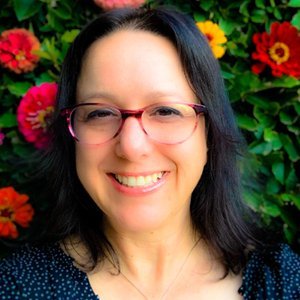
Holistic Communication & Speech Language Therapy
Social Communication & Pragmatic Language Skills in Tucker and Roswell, Georgia
Holistic Speech Language Therapy
We give support to clients across the age span from toddlers through those launching into adulthood. Our holistic treatment model supports the whole child and the whole family. Our focus is meeting our clients at their level, following their interests to keep their motivation high and their progress continuous. We use a milieu approach combining a range of evidence-based therapies.
Speech Language Therapy includes:
Social communication and pragmatic language development
Self-regulation and executive functioning skills
Self-awareness and personal reflection skills (metacognitive skills)
Early intervention (birth through preschool age)
Articulation and/or phonological skills
Receptive and expressive language development
About Speech Language Therapy
Speech Language Pathologists (SLPs) are trained professionals who help children with speech disorders. They work closely with parents and teachers to develop strategies to improve communication skills. We provide a number of services in support of speech and language therapy for children, adolescents, and families:
Assessment
Individual Therapy
Dyad & Group Therapy
Classroom Support
Consultation and Collaboration with Families
Consultation and Collaboration with Schools
Our clinicians provide holistic support for your family, tailored to your child and family’s specific needs and challenges. Our therapists are grounded in a holistic, strengths-based, neurodiversity-affirming approach.
What is Speech Language Therapy?
Speech Language Therapy focuses on helping people communicate by improving their ability to speak, understand others, read, write, and use technology. If you suspect your child has a speech disorder, talk to a Speech Language Pathologist (SLP.) An SLP will conduct a thorough evaluation to determine whether your child needs treatment. During the evaluation, the SLP will ask questions about your child’s development, language, and behavior. She will also observe how well your child communicates and interacts with other people.
Speech language pathologists use various techniques to teach children how to communicate through speech. These techniques include teaching them to speak more clearly, using visual cues, and practicing speaking in different situations.
Language is different than speech.
When a person has trouble understanding others (receptive language), or sharing thoughts, ideas, and feelings completely (expressive language), then he or she has a language disorder. When a person is unable to produce speech sounds correctly or fluently, or has problems with his or her voice, then he or she has a speech disorder.
Language is made up of socially shared rules that include what words mean, how to make new words, and how to put words together. Speech is the verbal means of communicating. Speech consists of:
Articulation - How speech sounds are made in the mouth using the articulators
Voice - Use of the vocal folds and breathing to produce sound
Fluency - The rhythm of speech
What is Pragmatics?
An individual may say words clearly and use long, complex sentences with correct grammar, but still have a communication problem if he or she has not mastered the rules for social language known as pragmatics. Pragmatics involves three major communication skills:
Using language for different purposes, such as
greeting
informing
requesting
Changing language according to the needs of a listener or situation, such as
talking differently to a baby than to an adult
giving background information to an unfamiliar listener
speaking differently in a classroom than on a playground
Following rules for conversation and storytelling, such as
taking turns in conversation
introducing topics of conversation
staying on topic
rephrasing when misunderstood
how to use verbal and nonverbal signs
how close to stand to someone when speaking
how to use facial expressions and eye contact
Holistic Speech & Communication Team
More Holistic Speech & Communication Services
Speech Language Therapy
Oral Motor Feeding Therapy and ARFID




